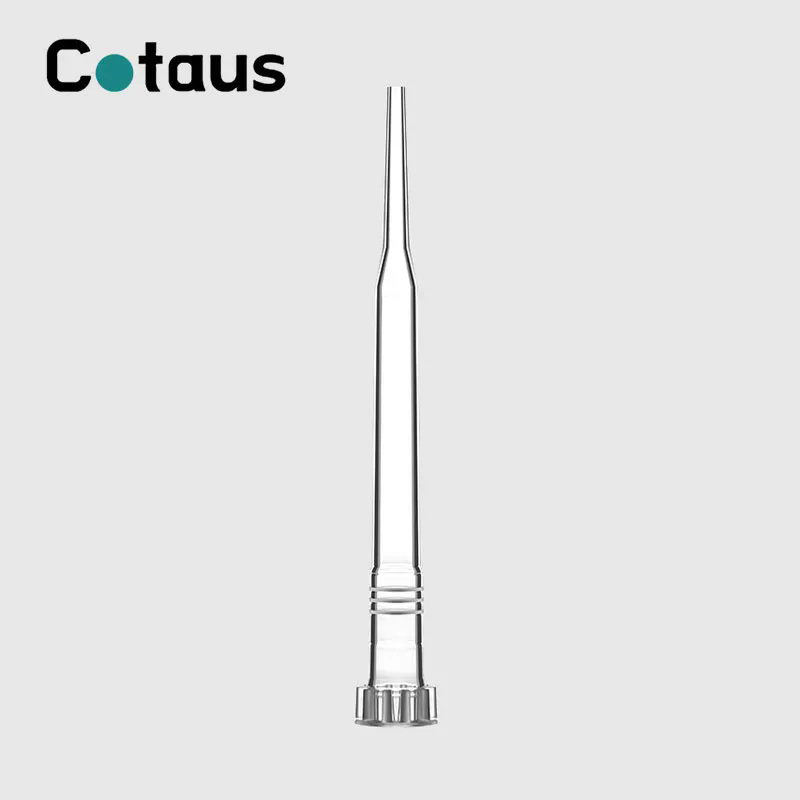Precision in Every Drop: The Essential Guide to Pipette Tips
2024-08-19
In the realm of laboratory work and scientific research, precision is paramount. Whether you're conducting experiments, preparing samples, or analyzing results, the accuracy of your measurements can significantly impact your outcomes. One crucial tool in achieving this precision is the pipette tip. Though often overlooked, the choice of pipette tip can influence the reliability of your results. In this blog, we’ll delve into the importance of pipette tips, their various types, and how to select the best ones for your needs.
What Are Pipette Tips?
Pipette tips are disposable or reusable attachments used with pipettes to aspirate and dispense liquids with high accuracy and precision. They come in a range of sizes and designs to accommodate different pipette models and liquid volumes. The primary function of pipette tips is to ensure that the liquid being transferred remains uncontaminated and that the measurements are as accurate as possible.
Types of Pipette Tips
1. Standard Pipette Tips: These are the most common type of tips, suitable for a wide range of laboratory applications. They are generally made from polypropylene and are designed to fit standard pipette models. Standard tips are ideal for routine tasks and provide reliable performance.
2. Filtered Pipette Tips: Filtered tips have an additional filter placed inside the tip, which helps prevent contamination of the pipette and samples. The filter acts as a barrier to aerosols and liquid contaminants, making these tips ideal for working with volatile or sensitive liquids.
3. Wide-Bore Pipette Tips: Wide-bore tips have a larger internal diameter compared to standard tips. They are designed for handling viscous or particulate-laden liquids that may clog standard tips. Wide-bore tips are also useful for transferring larger volumes of liquid.
4. Low-Retention Pipette Tips: Low-retention tips are specially designed with a hydrophobic coating to minimize liquid loss due to adherence to the tip surface. These tips are particularly useful for working with low-viscosity liquids and ensure accurate volume transfer.
5. Reverse-Action Pipette Tips: Reverse-action tips are designed with a unique mechanism that allows for easy ejection of the tip. This feature is beneficial for applications where minimizing contact with the tip is important, such as in sterile environments.
6. Auto-Pipette Tips: These tips are designed for use with electronic or automated pipetting systems. They often feature a unique design that ensures compatibility with automated equipment and facilitates high-throughput applications.
Benefits of Using the Right Pipette Tips
1. Accuracy and Precision: The right pipette tips ensure accurate and precise liquid handling, which is crucial for reliable experimental results. Consistent tip design and quality control contribute to accurate measurements and reproducibility.
2. Contamination Prevention: Filtered and low-retention tips help prevent cross-contamination between samples and reduce the risk of contamination affecting your results. This is particularly important in sensitive or high-stakes experiments.
3. Ease of Use: Choosing the right tip can make pipetting tasks more efficient and comfortable. Features such as wide-bore designs and reverse-action mechanisms can enhance usability and reduce the likelihood of errors.
4. Cost-Effectiveness: High-quality pipette tips reduce the need for re-testing and re-sampling, which can save time and resources in the long run. Investing in the right tips can lead to more efficient lab operations and better overall results.
How to Choose the Right Pipette Tips
1. Compatibility: Ensure that the pipette tips you select are compatible with your pipette model. Tips come in various sizes and designs, so it’s important to choose ones that fit your pipette securely.
2. Application Requirements: Consider the specific needs of your application. For example, if you’re working with sensitive or viscous liquids, choose filtered or wide-bore tips. If contamination is a concern, opt for low-retention tips.
3. Volume Range: Pipette tips come in different volumes, so select tips that match the volume range you will be working with. This ensures that you can handle both small and large volumes accurately.
4. Material and Quality: Evaluate the material and quality of the tips. High-quality tips are made from durable materials like polypropylene and are manufactured under strict quality control standards to ensure reliability.
5. Cost vs. Performance: While it’s important to consider cost, don’t compromise on performance. Investing in high-quality pipette tips can improve accuracy and reduce the likelihood of errors, ultimately benefiting your research or laboratory work.
Conclusion
Pipette tips may seem like a small component in the grand scheme of laboratory work, but their role in ensuring precision and accuracy cannot be overstated. By selecting the right type of tip for your specific needs, you can enhance your experimental outcomes, prevent contamination, and improve overall efficiency. Whether you’re working in a research lab, clinical setting, or industrial environment, understanding the importance of pipette tips and making informed choices can lead to more reliable and successful results.



